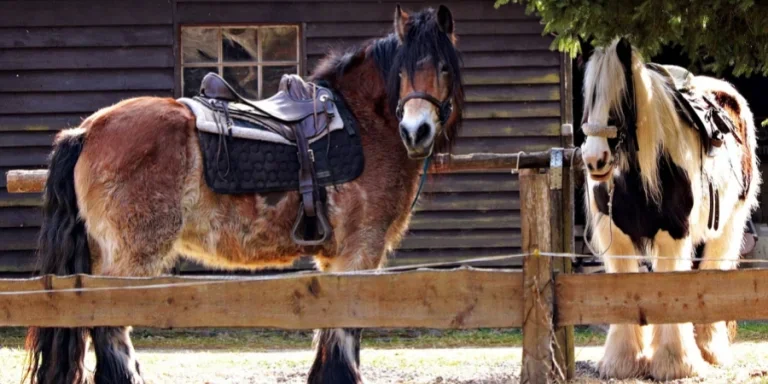Table of Contents
● Introduction
● Market overview
● Key factors in selecting the perfect saddle
● Top horse saddle models and their features
● Conclusion
Introduction
Choosing the horse saddle is essential to guarantee a pleasant and efficient riding experience for both the rider and the horse. The market for horse saddles is rising due to growing interest in activities and transportation needs. This guide delves into market trends by offering valuable insights on market size estimates and growth forecasts while highlighting key industry players in horse saddles. We will discuss aspects to remember when selecting the right saddle, like fit accuracy and comfort levels tailored to your riding style. In addition, we will look into the saddle varieties and point out their characteristics and advantages so you can decide wisely.
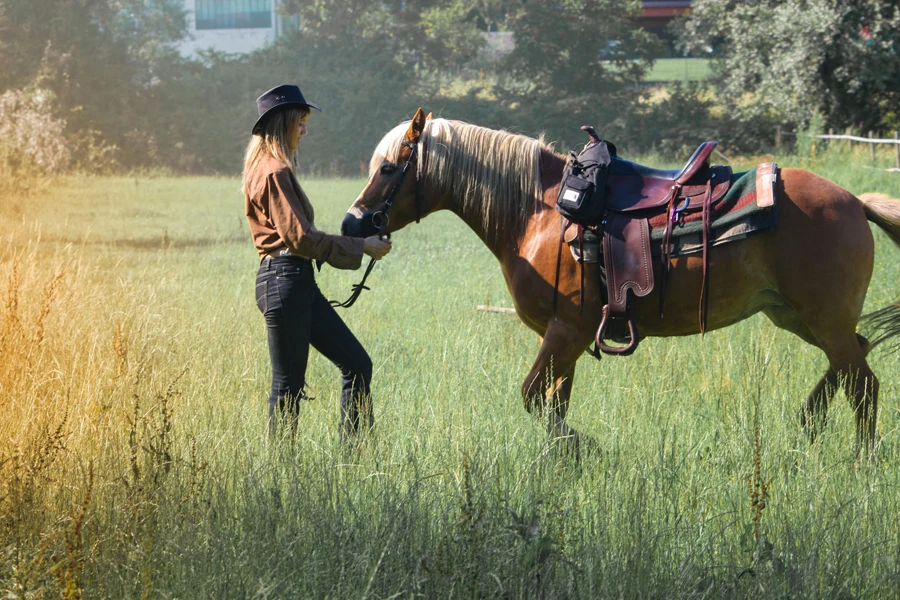
Market overview
The horse saddle industry is experiencing expansion due to the growing demand for top-quality and long-lasting saddles in equestrian activities and transportation sectors. Forecasts predict a CAGR of 6.4%, projecting the market value to reach around USD 2.1 billion by 2030. Factors such as the surge in horseback riding enthusiasts and innovations in saddle craftsmanship that prioritize rider and horse well-being fuel this trajectory. The improvement of materials and construction methods is increasing the effectiveness and durability of saddles, which is helping to grow the market, per Verified Market Reports.
Market segments and leading Players
The market is divided by the type of saddle used for riding. English and Western saddles are the categories that cater to different riding styles and disciplines. English saddles hold the majority share at 60%, typically seen in dressage and jumping events. On the other hand, Western saddles make up 40% of commonly used activities such as barrel racing, roping, and trail riding. Regarding distribution, North America takes the lead with 45%, followed by Europe at 30% and the Asia Pacific at 15%. Top brands such as Antares and Bates are among the market leaders in gear known for their cutting-edge and premium offerings that cater to the changing preferences of riders through the introduction of innovative products, like flexible tree saddles, as reported by Verified Market Reports.
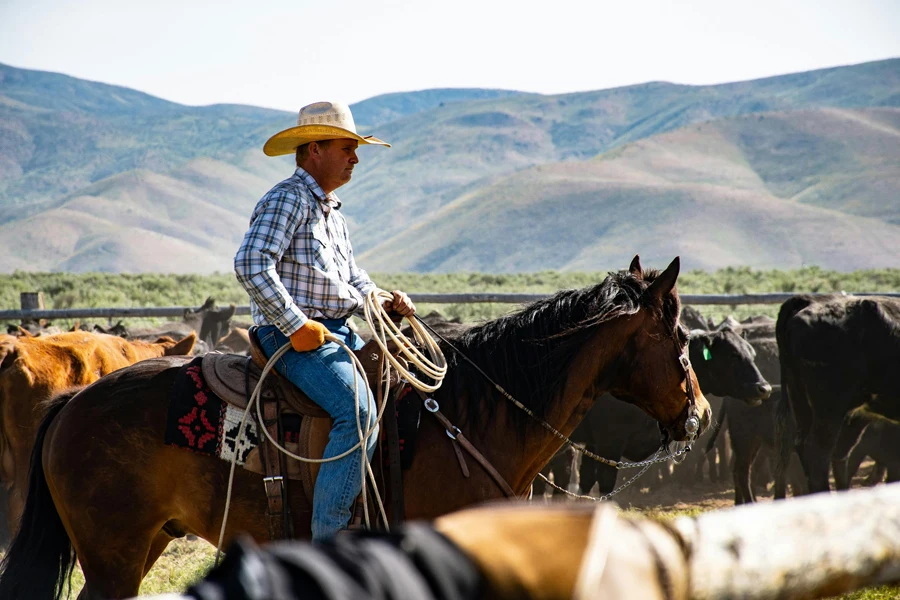
Key factors in selecting the perfect saddle
Understanding saddle anatomy
A saddle has some component elements, including the pommel, usually found at the front, which supports and holds the horse upright. The back features a cantle to increase the rider’s stability and usability. A seat is where the rider places their body, and the depth of the seat, along with its design, determines the rider’s comfort and manner of riding. Hooks cover the sides of the saddle and shield the rider’s legs, and the gullet provides clearance over the horse’s spine. Panels beneath the saddle spread the weight of the rider through the horse’s back, thus sparing unnecessary pressure areas, as Breeches.com points out.

Fit and comfort
The right saddle fit is important for the rider and the horse alike! A saddle that doesn’t fit well can lead to discomfort or even injury for both parties involved. Try placing the saddle on the horse without a pad to ensure the fit is spot on and perfect. Make sure it’s making even contact along the panels. Check that there’s room over the withers and that the saddle is sitting nice and flat on the horse’s back. The rider should feel well-balanced and comfy with their legs naturally lined up under their body. Having a saddle fitter perform routine assessments and modifications can ensure that your saddle maintains an ideal fit over time, as suggested by Leading Edge Only.
Riding style and discipline
Various styles of riding and disciplines call for different types of saddles to be used. For instance, jumping saddles have seats and shorter flaps, allowing riders to maneuver easily over obstacles. Dressage saddles come with a deeper seat and longer flaps to suit the rider’s extended leg position. Trail saddles focus on ensuring comfort and lasting endurance during extended rides. In contrast, racing saddles are lightweight and built for swiftness. Selecting the saddle that suits the specific riding style improves the overall performance and comfort for both the equestrian and the horse, as advised by Strathorn Farm Stables.

Material and construction
Traditionally crafted from leather or synthetic materials are saddles that mold to the contours of a horse’s body over time and offer an appearance and tactile experience; however, they necessitate frequent upkeep to prevent dehydration and damage from developing cracks in the material. Alternatively fabricated from synthetics are saddles, which provide a lighter weight option that is easier to maintain and often more cost-effective; these varieties are resilient to the elements, though their longevity may not match that of leather saddles. The performance and fit of saddles can also be influenced by construction methods such as flexible tree designs and adjustable gullets. When choosing a saddle for riding, consider the material and construction aspects.
Budget considerations
Choosing the saddle involves finding a balance between quality and price. It’s key to ensure a good fit and comfort without breaking the bank. While top-notch saddles may come with a price tag, they offer superior comfort and durability, helping riders avoid problems associated with poor fit or discomfort. On the other hand, more affordable options still deliver decent performance. Riders should focus on the features that matter most to them and look into brands known for their quality and dependability. According to the Verified Market Report, regularly caring for your saddle can help prolong its lifespan.
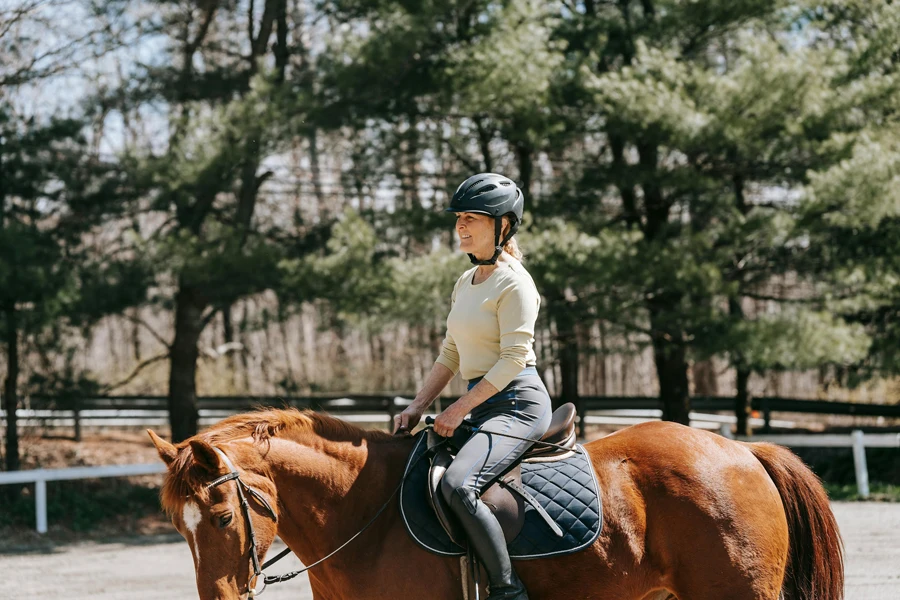
Top horse saddle models and their features
Best english saddles
In the realm of saddles lies a diverse array tailored to different equestrian pursuits such as jumping, dressage, and all-purpose riding. Jumping saddles feature a level seat. Abbreviated flaps to aid agility when clearing obstacles. They include knee blocks for stability and confidence while jumping. Dressage saddles boast a deeper seat and lengthier flaps for superior leg support and close connection with the horse key for executing precise maneuvers and upholding correct posture. General purpose saddles blend elements from jumping and dressage saddles to efficiently cater to riders involved in activities. These saddles are especially handy for newcomers or riders who like to switch between riding techniques. They are recognized for their sturdiness and comfort while being easy to care for and offering worth for their price, per Breeches.com.
Best western saddles
Western saddles are tailored for tasks like barrel racing and roping in addition to trail riding activities. Barrel racing saddles are lightweight. Have a deep seat and tall pommels to keep riders secure during quick turns around barrels. It allows for dismounting and optimal maneuverability. Roping saddles are sturdy with reinforced horns and trees to endure the pressure of roping cattle. They provide stability and safety. These saddles feature a cantle for easy dismounting and free-swinging fenders for flexibility. Trail saddles are designed to prioritize lasting comfort by incorporating seats and ergonomic features that cater to prolonged journeys through diverse landscapes. They frequently come equipped with loops and cords for securing equipment, making them well-suited for extended travels spanning multiple days and nights. Western saddles offer a blend of stability, durability, and rider confidence, resulting in an experience for both the horse and the rider on extended trips suggested by Strathorn Farm Stables.
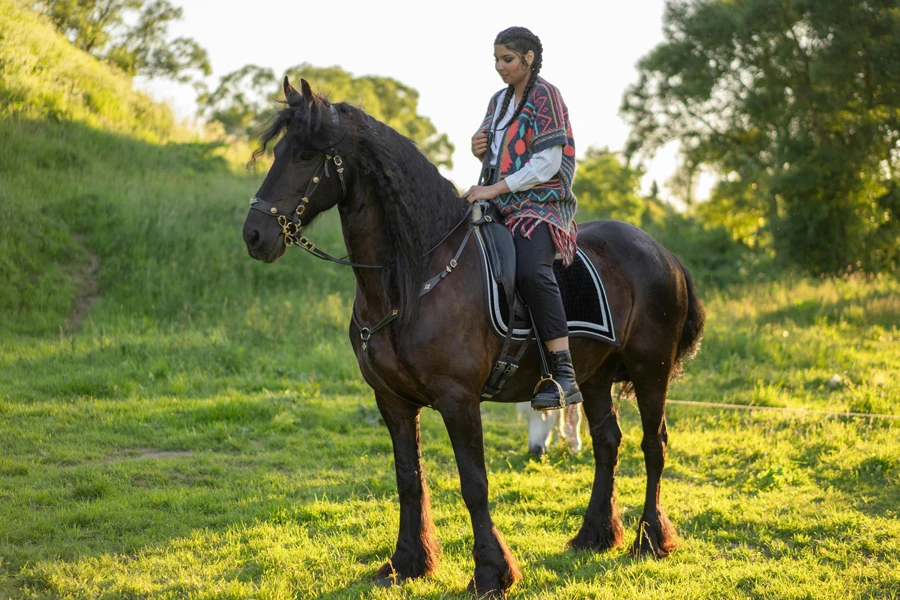
Innovative and versatile saddles
Advances in saddle designs focus on versatility and personalized options for riders and their horses. Saddles with trees can adapt to the horse’s motion patterns to alleviate stress points and enhance the horse’s comfort during rides. This flexibility promotes a bond between the rider and the horse by facilitating better communication and performance. Customizable saddles include features like gullets and replaceable paddings, allowing riders to fine-tune the fit and stability based on their horse’s unique physique and individual riding preferences. The latest advancements in saddle technology incorporate state-of-the-art cushion systems and ergonomic designs to meet the requirements of riders when engaging in different equestrian pursuits. The main focus is delivering top-notch performance and comfort levels for both horse and rider alike, seamlessly integrated into the overall riding experience, as reported by Verified Market Reports.
Conclusion
Selecting the horse saddle is vital in enhancing comfort and performance for both the rider and the horse. The growing market presents choices tailored to cater to multiple riding styles and disciplines embraced by enthusiasts worldwide. When choosing a saddle, important aspects include familiarizing oneself with its anatomy, ensuring the fit, and considering the materials and construction techniques. Striking a balance between quality and price is crucial, with top-notch options accessible at higher price ranges. Modern advancements like trees and customizable features elevate the riding experience, guaranteeing that riders of all levels can discover a saddle that caters to their unique requirements. Considering these factors can help you make an informed decision that will enhance your riding experience and overall comfort.
